Y2Y CONTRIBUTES TO GRIZZLY BEAR RESEARCH ALONG US HWY 93, FLATHEAD INDIAN RESERVATION, MONTANA
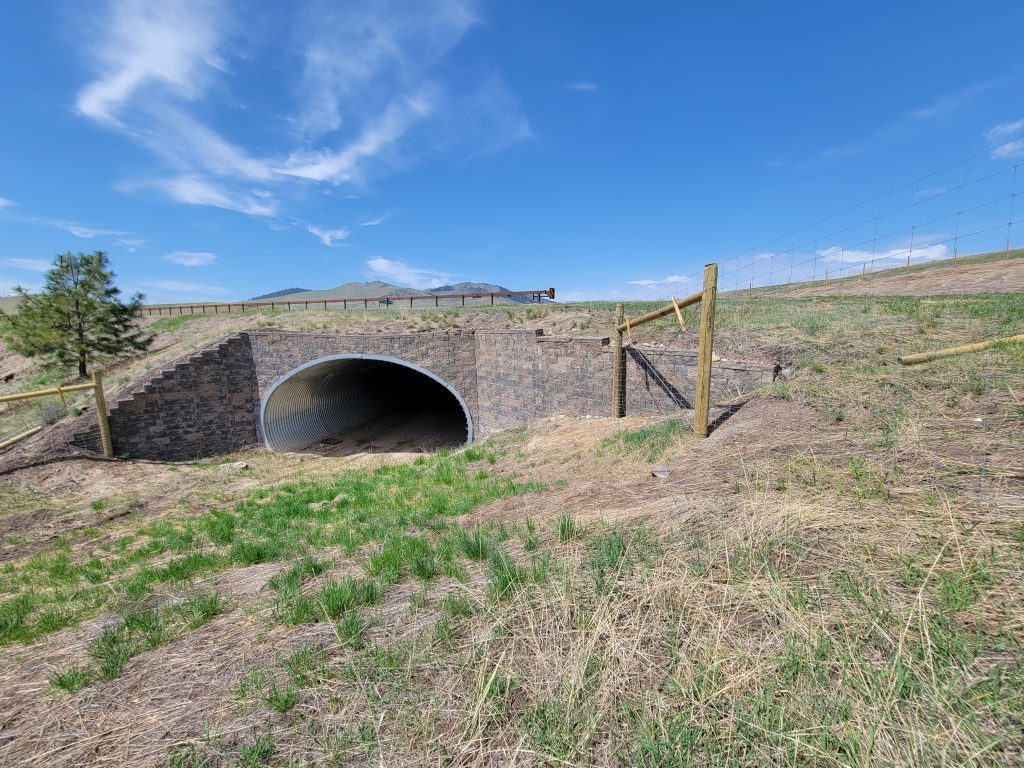
Y2Y recently contributed funds to continue the monitoring of wildlife underpasses along US Hwy 93 on the Flathead Indian Reservation in Montana. The monitoring is especially focused on grizzly bears, and it is conducted by the Confederated Salish & Kootenai Tribes (CSKT) and the Western Transportation Institute at Montana State University (WTI-MSU). It is important […]
International Transportation Pooled Fund Study Published: Findings Will Help Reduce Wildlife Collisions, Increase Habitat Connectivity, and Implement Cost Effective Solutions
Resources from a first-of-its-kind road ecology study are now available on the web through the Western Transportation Institute at Montana State University (MSU). The Wildlife Vehicle Collision (WVC) Reduction and Habitat Connectivity project, a Transportation Pooled Fund Study, was developed through an international partnership of fourteen state departments of transportation (DOTs), Canadian transportation agencies, and […]
IN THE NEWS: GoGallatin Program Manager on Potential for Ride-Share Partnership, WTI Road Ecology Manager on Benefits of Wildlife Crossings
GoGallatin Program Manager Highlighted in Mass Transit Magazine Earlier this month, WTI Research Associate Matthew Madsen discussed the role of trip planning in a Mass Transit Magazine article about Whitefish, Montana’s plan to reduce transportation emissions. Madsen, who is also the GoGallatin Program Manager, presented to the City on a potential partnership with the trip […]
IN THE NEWS: Montana State University Highlights Two Decades of Wildlife Crossings Research
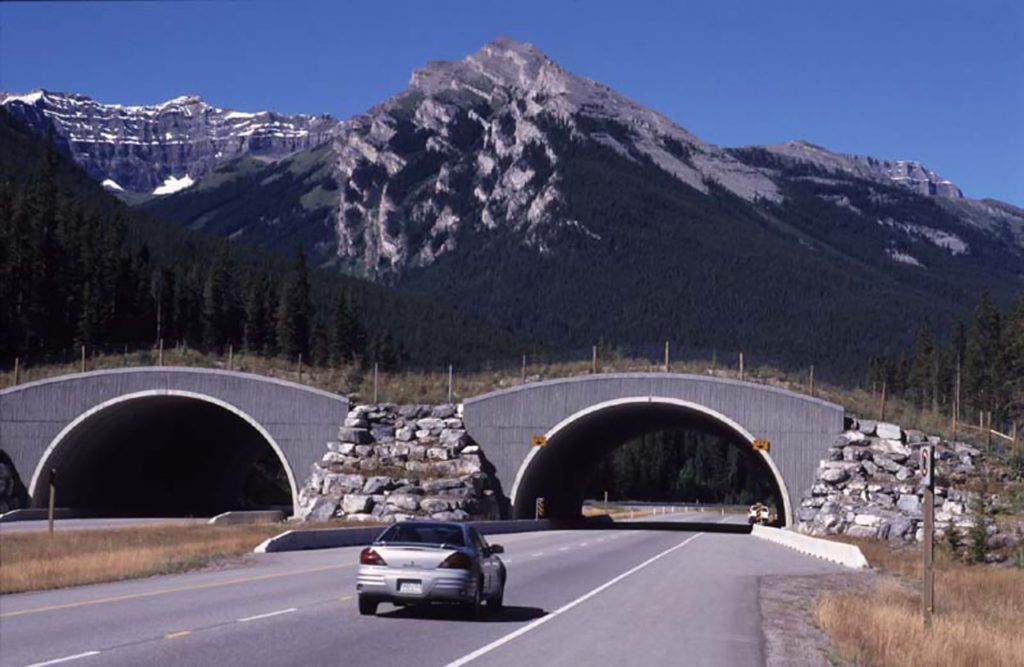
In a follow-up to last week’s New York Times article, Montana State University News published a feature article summarizing WTI’s long history of researching and advancing wildlife crossing structures. Starting with the first report to Congress on wildlife vehicle collisions in 2006, the article also highlights WTI’s long-term research on the effectiveness of wildlife crossing […]
NEW PUBLICATION: Forest Service Releases Report on Wildlife Crossing Structures
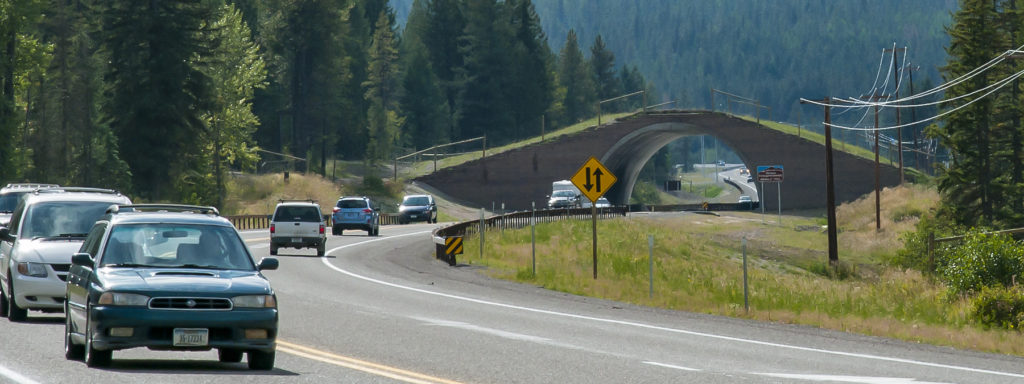
The United States Forest Service (USFS) has published Highway Crossing Structures for Wildlife: Opportunities for Improving Driver and Animal Safety. The report is the result of a seven-year collaboration by USFS, WTI, ARC Solutions and additional federal, state, and private agencies, combining the work of a team of engineers, ecologists, biologists, landscape architects, and policy […]
IN THE NEWS: New York Times Showcases Video of Wildlife Using Crossings
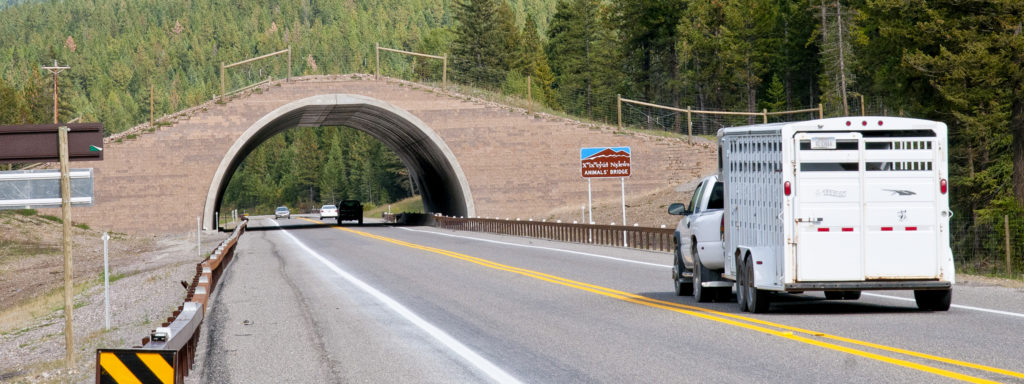
The New York Times has posted an online feature article highlighting excellent footage of wildlife using various forms of highway crossings. “How Do Animals Safely Cross a Highway? Take a Look” includes footage of a herd of antelope crossing a highway in Wyoming; moose, bear, wolves and deer using crossings in Utah; and an alligator […]
Animal Crossing: New Research Guides Efforts to Protect California’s Amphibians and Reptiles from Road Danger
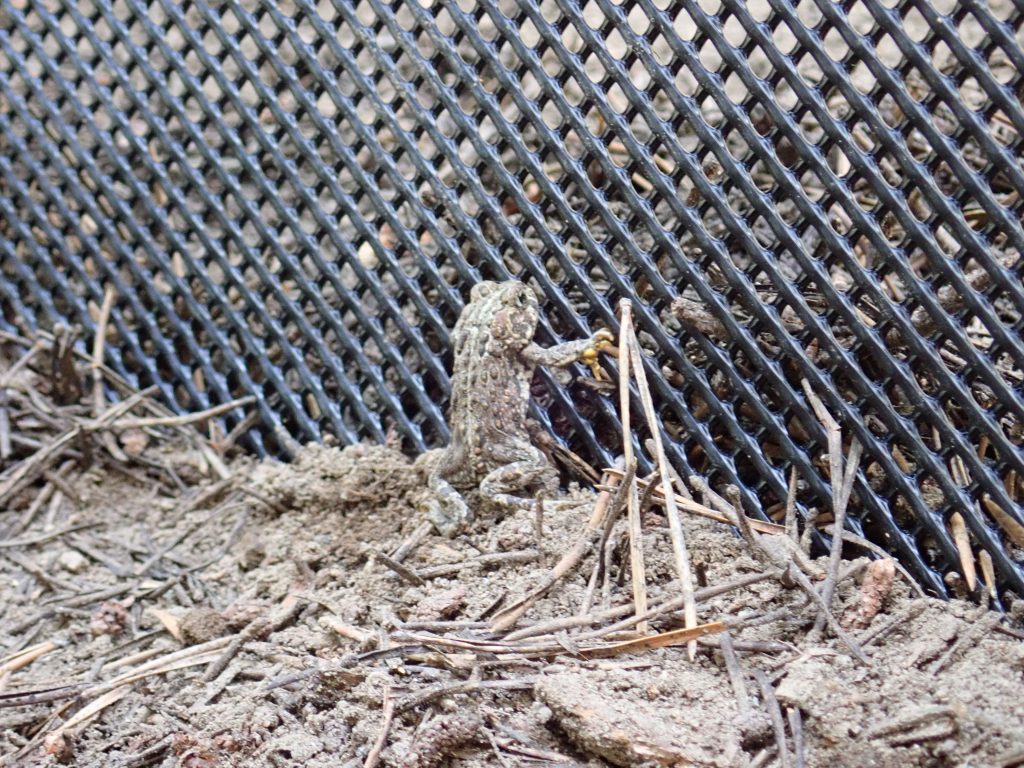
Companion video shows underground crossing structures in action Roads can be dangerous for California’s reptiles and amphibians, but a five-year study and new video show that there are effective strategies to help these animals cross roads safely. The California Department of Transportation (Caltrans) released the results of the study this week in a comprehensive, […]
IN THE NEWS: Reducing Wildlife-Vehicle Collisions in Appalachia

Public Policy magazine In These Times recently interviewed WTI Road Ecologist Marcel Huijser for an in-depth article on wildlife crossings. “Toward a World Without Roadkill” highlights efforts by residents and local organizations near Great Smoky Mountains National Park to reduce the rising number of bears, deer, and elk being hit by vehicles on Interstate 40. […]
ON THE AIR: Road Ecologist Highlights Wildlife Crossing Structures Advancements

On February 25, Road Ecology Program Manager Rob Ament was a guest on Top of Mind with Julie Rose, a BYU Radio program. For a feature segment on wildlife crossings, Rob discussed how crossing structures are designed, how they make roads safer for both animals and motorists, and where the newest structures are being built, […]
IN THE NEWS: WTI Road Ecologist Offers Insights Into Utah Project

In 2018, the Utah Department of Transportation completed the state’s largest wildlife crossing, which traverses six lanes of traffic on Interstate 80. The crossing structure made the news again last week, when research footage captured deer, moose, elk, bears, bobcats and a variety of smaller mammals using the bridge. In news coverage by Smithsonian Magazine, […]
